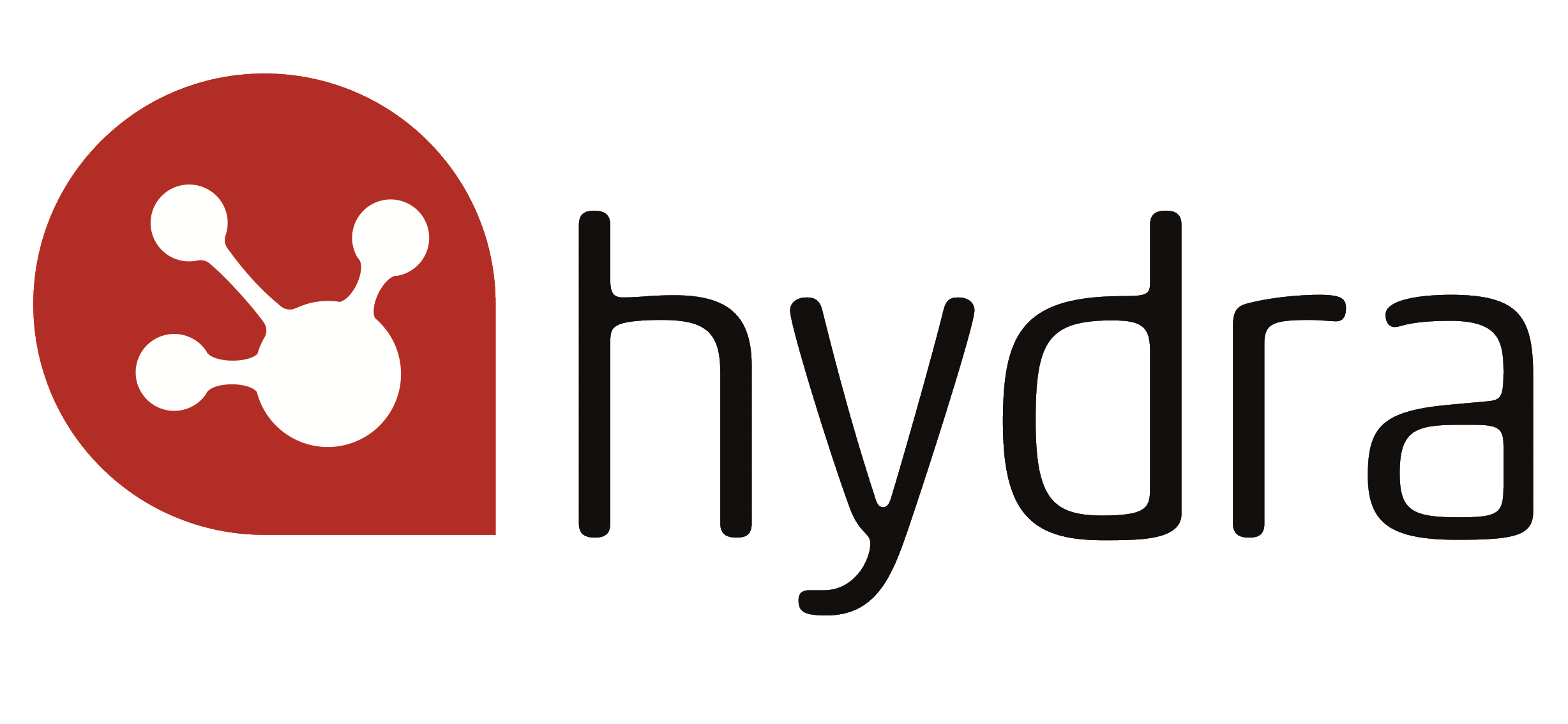How to use a Business Cadence to promote collaboration
With Lockdown easing some of us have been returning to the office, albeit in a different format. Some are still working from home or remotely, maybe visiting the office or a central meeting place a few days a week. We've been zooming, teaming, whatsapping. So in this new 'normal' how can you still employ a business cadence in your working day / week?
Projects in their very nature are social. There must be constant and continuous interaction and communication between the functional groups, project personnel, senior management, sub-contractors, and most importantly, the customer, to have a successful project. One effective way to promote collaboration is through a business cadence.
What is a cadence?
A cadence can be more easily defined as a rhythmic sequence. Within the work environment a cadence can be referred to when, where and how a leader or manager and his team regularly meet and where team members and staff have an opportunity to share views and information. While team meetings are not a new trend or concept, it has been shown that a business cadence is an effective way of managing teams and resources.
How to start a cadence?
Starting a cadence is all about developing a rhythmic culture and routine within your team or organisation. In her article New Managers: How to establish your 'Rhythm of Business' (ROB) Model, Lisa Quast talks about creating your rhythm of business model, and the steps to follow to achieve this. But you can keep things simple to start with. Just gathering your team together at a set time in a set place so that they can share and discuss topics or having a set time each month to speak to team members on a one-to-one basis is all that is needed to start a cadence. Once people get into the routine and rhythm of the regular meetings or gatherings they will see the benefits that this social interaction can have.
At Hydra, since the start of lockdown we have had a daily 11am call. Sometimes we have lots to cover, other times it is a brief check-in to see how we are all doing. And although some have ventured to the office and some have chosen to remain home working, we are continuing with our 11am call.
The benefits of a cadence
When correctly added into a daily, work routine, the main role of a cadence is to drive collaboration amongst team members. This offers four main benefits
- Brings awareness to issues and promotes change. Provides a specific time to raise issues, identify barriers and develop solutions to allow individuals and teams to feel empowered to succeed.
- Affects the performance of resources and teams. Feedback around employee and team performance, both positive and negative is an excellent way to build a collaborative and productive workforce. Offering an open forum for feedback of both positive performance as well as areas of improvement is fundamental to developing a happy and satisfied team.
- Improves the morale of remote-based employees. During this time there will be many more of us working remotely which has its benefits as well as its downsides. The benefit of managing your own time and day can be outweighed by the feeling of isolation and being out of touch with your team which can affect mental health. A regular cadence offers a way to keep people engaged, share knowledge and maintain a positive working environment.
- Social collaboration promoted by cadences can help to break down barriers and silos by improving communications across industries and organisations of all sizes and enhance cross-business participation, employee onboarding, talent retention and knowledge sharing.
Get your business cadence, or rhythm, established early, so that it is embedded in your culture. Keep in mind that having great projects will develop an overall culture of collaboration.
One last thing...
If you enjoyed this article and would like to be kept up to date, Hydra publish a quarterly Digital Watercooler of news and articles about current topics and relevant help and advice, and we'd love to share it with you.

